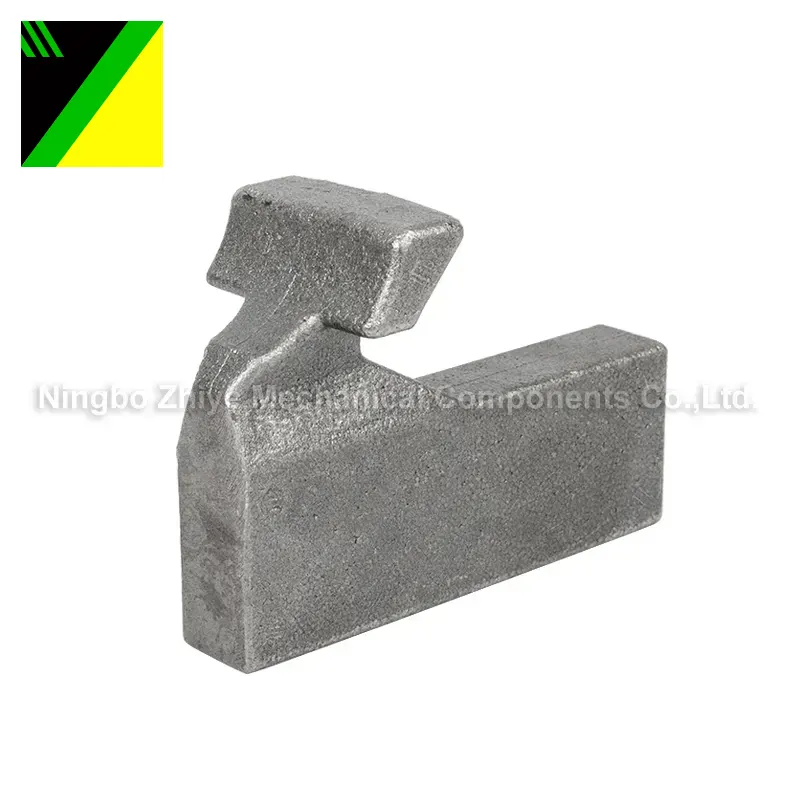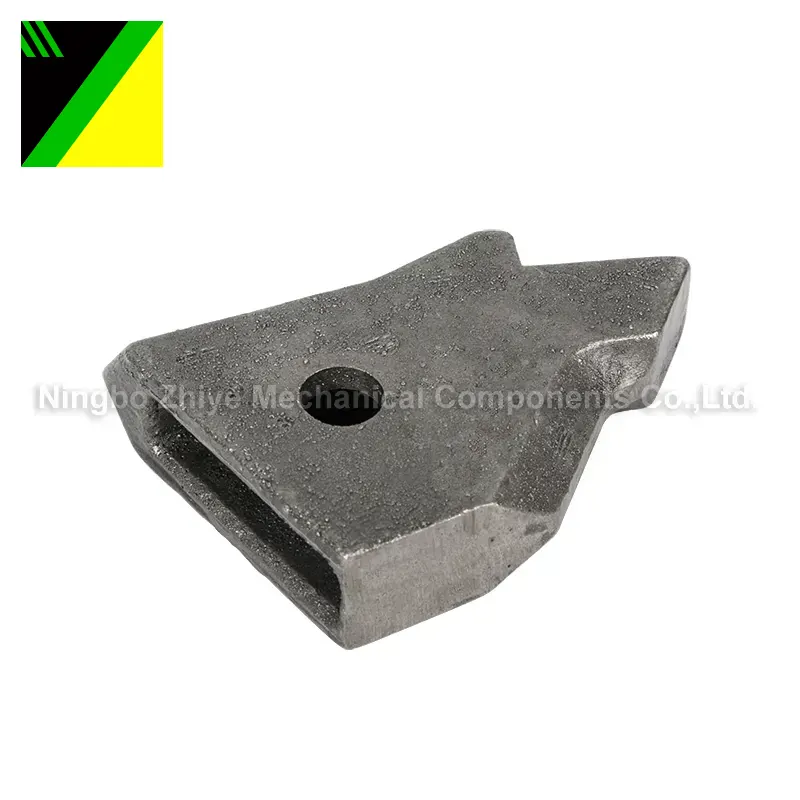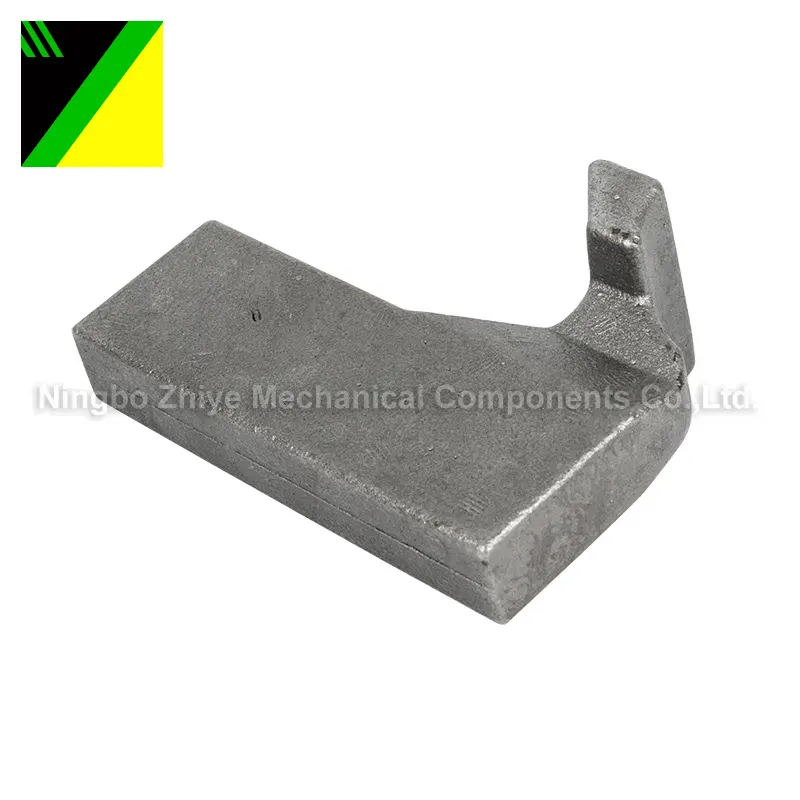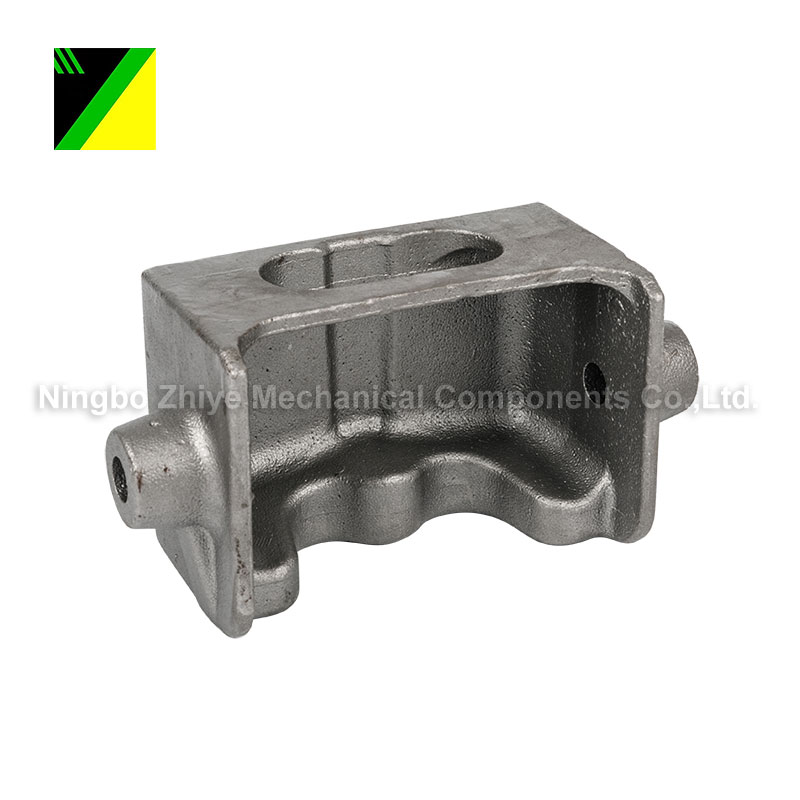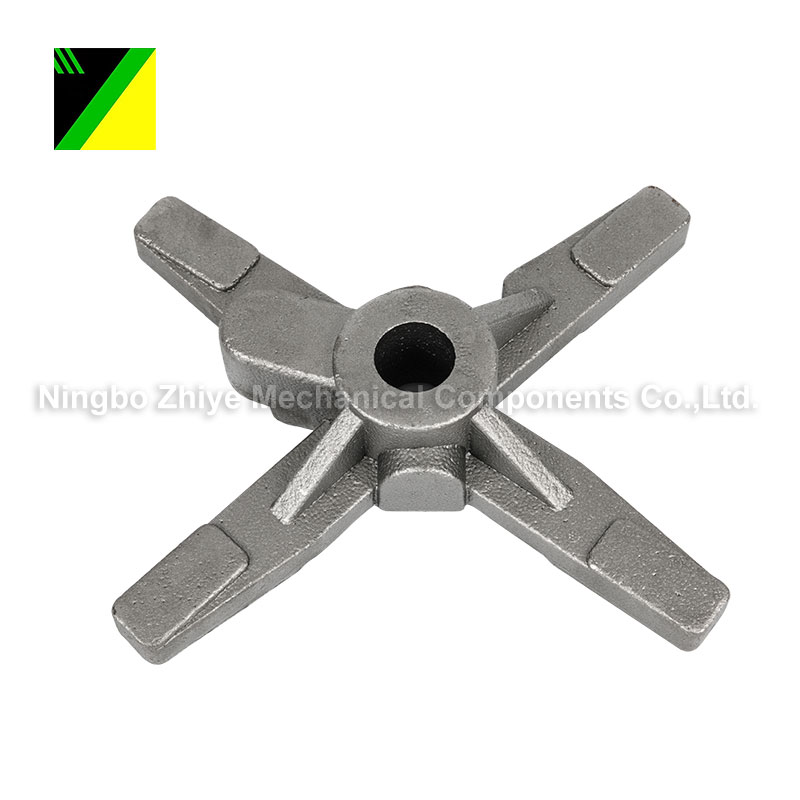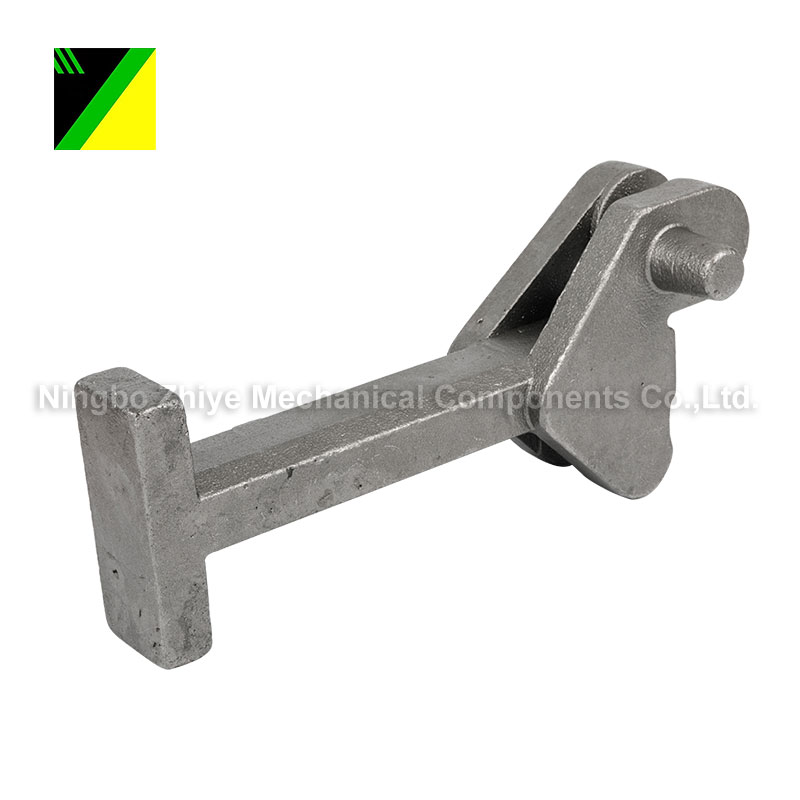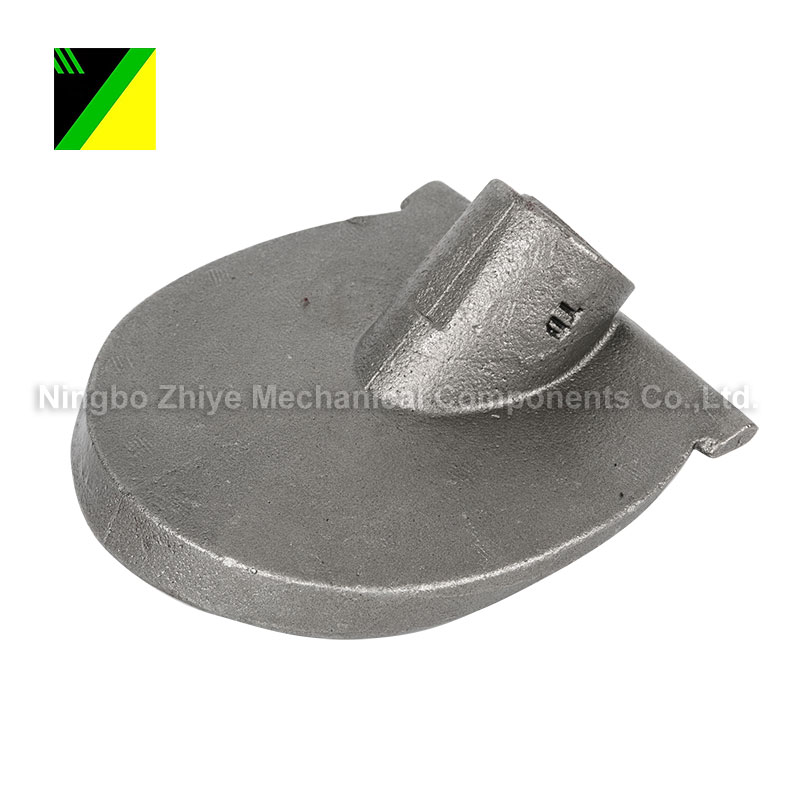
- English
- Español
- Português
- русский
- Français
- 日本語
- Deutsch
- tiếng Việt
- Italiano
- Nederlands
- ภาษาไทย
- Polski
- 한국어
- Svenska
- magyar
- Malay
- বাংলা ভাষার
- Dansk
- Suomi
- हिन्दी
- Pilipino
- Türkçe
- Gaeilge
- العربية
- Indonesia
- Norsk
- تمل
- český
- ελληνικά
- український
- Javanese
- فارسی
- தமிழ்
- తెలుగు
- नेपाली
- Burmese
- български
- ລາວ
- Latine
- Қазақша
- Euskal
- Azərbaycan
- Slovenský jazyk
- Македонски
- Lietuvos
- Eesti Keel
- Română
- Slovenski
- मराठी
- Srpski језик
Lost Foam Investment Casting for Specific Devices
You can rest assured to buy Lost Foam Investment Casting for Specific Devices from Zhiye factory and we will offer you the best after-sale service and timely delivery.The lost foam Investment casting process is extremely similar to the investment casting process sometimes leading to confusion between the two. Lost foam is essentially the same process as investment casting except that that patterns are created using expanding polystyrene foam instead of wax. There are also some differences in the shell building process due to this change. Many of the benefits of investment casting can also be attributed to lost foam; however, tooling and processing costs make the process more prohibitive with little to no additional benefit. As such, investment casting is the much more popular choice for production.
Send Inquiry PDF DownLoad
You can rest assured to buy customized Lost Foam Investment Casting for Specific Devices from Zhiye . We look forward to cooperating with you, if you want to know more, you can consult us now, we will reply to you in time!
Material:QT500-7
Technique:Lost Foam Investment Casting
Gross Weight:0.945KG
Application Area:Specific devices
Product Name:Lost Foam Investment Casting
Anti-Rust:with anti-rust water
Heat treatment:Is Fire


|
Product Name |
OEM Lost Foam Casting Parts ODM Aluminum Lost Foam Casting |
|
Quality Assurance |
ISO9001:2015 Certified |
|
Material |
Aluminum Alloy:5052 /6061/ 6063 / 2017 / 7075 / etc. |
|
Steel Alloy: Carbon Steel / Die Steel / etc. |
|
|
Nickel Alloys: N10276 / N06600 / N06625 / N08800 / etc. |
|
|
Cast Irons: ASTM A48 / ASTM A47 / ASTM A339 / etc. |
|
|
Copper alloys: ASTM B1/ B2 / B3 / B152 / etc. (less common) |
|
|
Stainless Steels: 301 / 410 / 440 / etc. (less common) |
|
|
We handle many other type of materials. Please contact us if your required material is not listed above. |
|
|
Surface Treatment |
Blacking,polishing,anodize,chrome plating,zinc plating,nickel plating,tinting |
|
File Formats |
Solid Works,Pro/Engineer, AutoCAD(DXF,DWG), PDF,TIF etc. |
|
Machining Equipment |
Machining Center / CNC Lathes / Grinding Machines / Milling Machines / Lathes / Stamping Machines/ Full Automatic Lathe /etc. |
|
Application |
Agriculture Machinery: Cylinder Heads, Oil Pump, Clutch Housing, Steering Box Denfense: Blank Receiver, Trigger Guards Heavy Machinery: Rock breaker, Bearing Housings Marine Machinery: Marine Manifolds, Marine Motors Oil Gas: Gate Valve, Wellhead Control EQP, Wellhead EQP Transportation: Cylinder heads, Engine support, Intake manifolds, Suspension arm |
|
Standard |
ASTM, ASME, DIN, JIS, ISO, BS, API, EN,GB |
|
Company Advantage |
1. Quotation within 48 hours. 2. Quality you can rely on. 3. Zhangshi provides 100% satisfaction at world competitive prices. 4. We pay meticulous attention to details throughout the whole manufacturing process. 5. Rigorous QC standards, 100% inspection before shipping. 6. Strict delivery time control for each and every order. |

|
Process |
Lost Foam Casting |
|---|---|
|
Pattern |
General Aluminum mould & Steel mold |
|
Mould Material |
STMMA Copolymer Resin |
|
Mould Shell |
Fireproof Coating |
|
Technology Characteristics |
Instead of the traditional sand Mold casting. Without the core-making process. Better dimensional accuracy. |
|
Tolerance Range |
CT8 to CT9 |
|
Single Weight |
0.2kgs to 200kgs |
|
Surface Roughness |
RA12.5 |
|
Casting Material Type |
Grey Iron and Ductile Iron, Alloy Steel |
|
Common Material Specification |
GB, ASTM,SAE,AISI,DIN,BS,JIS,NF,EN,AAR,ISO |
|
Product application field |
Automobile, Engineering Machinery, Railway, Marine, Agricultural Machinery, Mining and other industrial fields |
FAQ
1.What size range of parts can be produced by the lost-foam process?
Lost-foam castings can be produced in most all metals from a fraction of a Kilogram up to several TONS. Slightly more advanced techniques are used for very large castings.
2. What is the cost of using the lost-foam casting comparing to other process?
Lost-foam castings are generally more expensive than forged parts, or parts made by other casting processes. The value inherent in the lost-foam process versus other processes is seen in tighter tolerances, weight reduction and as-cast features which all results in less machining and cleanup time. Many castings that require milling, turning, drilling and grinding can be made in the lost-foam process with only 5-8 mm of machine stock. It is imperative that the features to be cast are discussed by all parties to determine the net finished product cost.
3. What type of surface finish can be achieved for lost-foam casting?
Because a permeable refractory coating is applied around the smooth foam pattern, the resultant finish is excellent. Each casting facility is different, but generally lost-foam process castings have a surface finish within the 60-250 RMS range. If surface finish, due to cosmetic requirements, is a critical issue then surfaces can be targeted to maintain an exceptionally smooth finish.
4. Are there porosity or shrinkage problems for lost-foam casting?
Lost foam castings are used in many critical applications in automotive, construction, heavy truck, railroad and marine
applications. The process has fewer gating and feeding restrictions, and casting soundness is normally easier to achieve than with traditional molding methods.
5. What type of tooling is required for lost-foam process?
Typically, tooling is composed of a split-cavity machined aluminum die that is the negative mold from which the foam pattern is produced. The tooling is highly specialized and must be constructed by experienced tooling manufacturers familiar with the requirements of the foam molders and foundries. Most tooling for lost-foam process patterns will compare favorably with permanent and die cast tooling. Prototype and simple tools may be in the few thousand Rupees range while high-end tooling for complex or very large parts can be in the several Lack Rupees range. As a result of the materials used and the process stresses, lost-foam process tools can be expected to have 3 to 4 times the cycle life of permanent mold or die casting tools.
6.What materials can be poured as a lost foam casting?
Commonly cast metals include cast irons, aluminum alloys, steels, and nickel alloys. Less frequently cast metals include stainless steel and copper alloys. Metal pouring temperatures of at least 1000 degrees F are usually required to decompose the lost foam patterns and gating systems.
7.What is Lost Foam Casting?
Lost Foam Casting (LFC) is a casting process which using a polystyrene foam pattern imbedded in traditional green sand. The
polystyrene foam pattern left in the sand is decomposed by molten metal. The molten metal replaces the foam pattern and precisely
duplicates all of the features of the pattern.
Advantage of Lost Foam Casting
The lost foam process holds unique advantages over other manufacturing and casting processes. 1. Neither additives, binders, nor
cores are required.
2. Once installed, lost foam casting offers flexibility in casting design and is environmentally friendly.
3. Scrap volumes are minimized; the equipment’s footprint is small; energy and manpower requirements, as well as insurance
premiums are reduced; as are the machining and finishing requirements.


